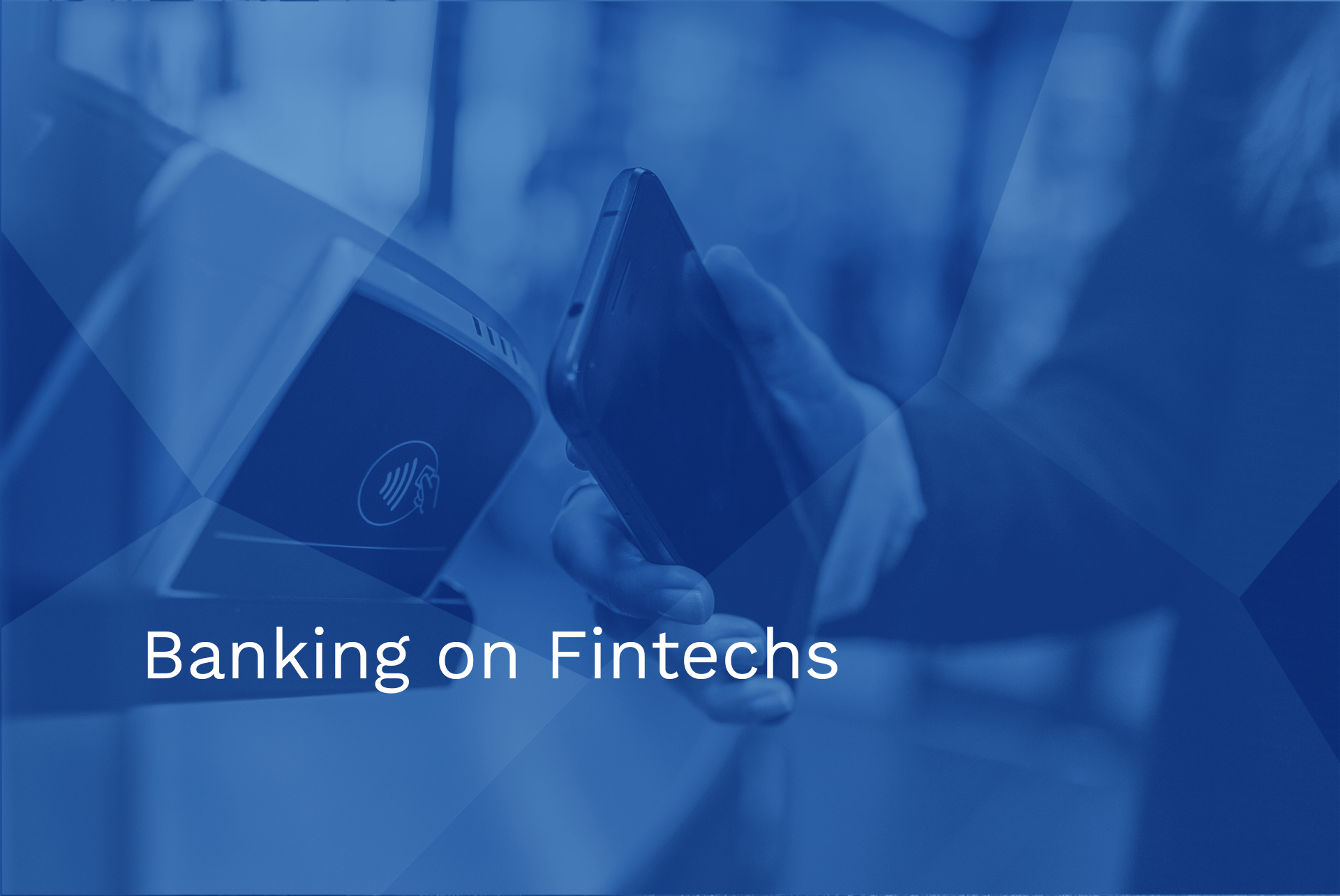
Banking on FinTechs
Back in 2016, PwC asked banking executives to imagine a world in which they are competing against a global, low-cost, digital bank with customers who transact on mobile phones, invest their savings into low-to-no fee portfolios managed ostensibly by AI and run their businesses on fully integrated digital platforms. That future, for the most part, is here. Thankfully for the banks, it is not a dominant new and disruptive player, but rather it is the dominant players working with agile and highly sophisticated fintech companies to bring disruptive services to market. The catalyst for this change has been the immutable voice of consumers who are no longer satisfied with the status quo. B2B banking customers are asking the incumbents an obvious question: “if my retail bank can do it, then why can’t you?”
The simple fact is that B2B banks have really not had to up until now. Commercial banking has been slow to acknowledge the pressures of digital disruption and the impact that consumerization will have on their long term success. While their counterparts on the retail banking side are deep in the throes of digital disruption, commercial banks have taken a wait-and-see approach. And what they’ve been waiting to see is how their cousins react to these rapid changes in consumer expectations.
Best in-class digital experiences have set new standards for consumers who have had no qualms applying them to historically analog businesses like banking. Gradually, then suddenly the capabilities of digital upstarts improved. Barriers to entry collapsed. And just like that, the ability for consumers to change or simply abandon traditional banks altogether was a viable threat. This has proven to be deeply concerning for executives managing B2B banking relationships that have endured by inertia alone.
Commercial banking has long been an insular industry underscored by the prevailing opinion that they (being customers) need us more than we (the banks) need them. And for the most part they’ve been right. Profits have been steady, churn has been low and B2B banking customers have resigned themselves to friction filled experiences. Barring a cataclysmically poor customer experience, B2B banking customers rarely change banks. It isn’t because they are all happy. Frankly, the pain of change simply outweighs the pain of staying the same.
However, now the race is on to keep pace with B2B customer expectations is on. As the old guard looks towards retirement, a new cohort of banking executives are changing the way banks are preparing for the future. The model of ‘build it and they will come’ is being phased out. B2B banks have started to take stock of the disruptive forces threatening their stability and are planning accordingly. Front runners are setting ambitious targets and investing millions of dollars into digital infrastructure. And, they are partnering with fintechs to deliver truly innovative payment services they believe will make their customers happier, their relationships stronger and drive revenue.
The world’s leading software companies learned long ago that developing the capacity to meet rapidly changing customer expectations can be done in one of three ways; build it, buy it, or partner with a business that can do it. This approach has made it possible for software companies to stay focused on what they do best while relying on their network to do the rest. Banks may wish to consider adopting a similar approach. As in any business, the first step B2B banks must make to relieve the pressure of consumerization is to create a culture of customer-centricity. That means ensuring executives are empowered to put the right people, process and technology in place - including tech partners.
The goal can no longer be profitability above all else. Nor can B2B banks be satisfied by simply keeping pace with consumer expectations. Technology has moved too far too fast for the banks to build those capabilities themselves. Buying companies that can bring those services to market is not impossible, but well outside the purview of most commercial banks. The best way to for B2B banks to manage the impact of rapidly evolving customer expectations is to partner with agile, innovative fintech services that not simply meet expectations, but exceed them.

